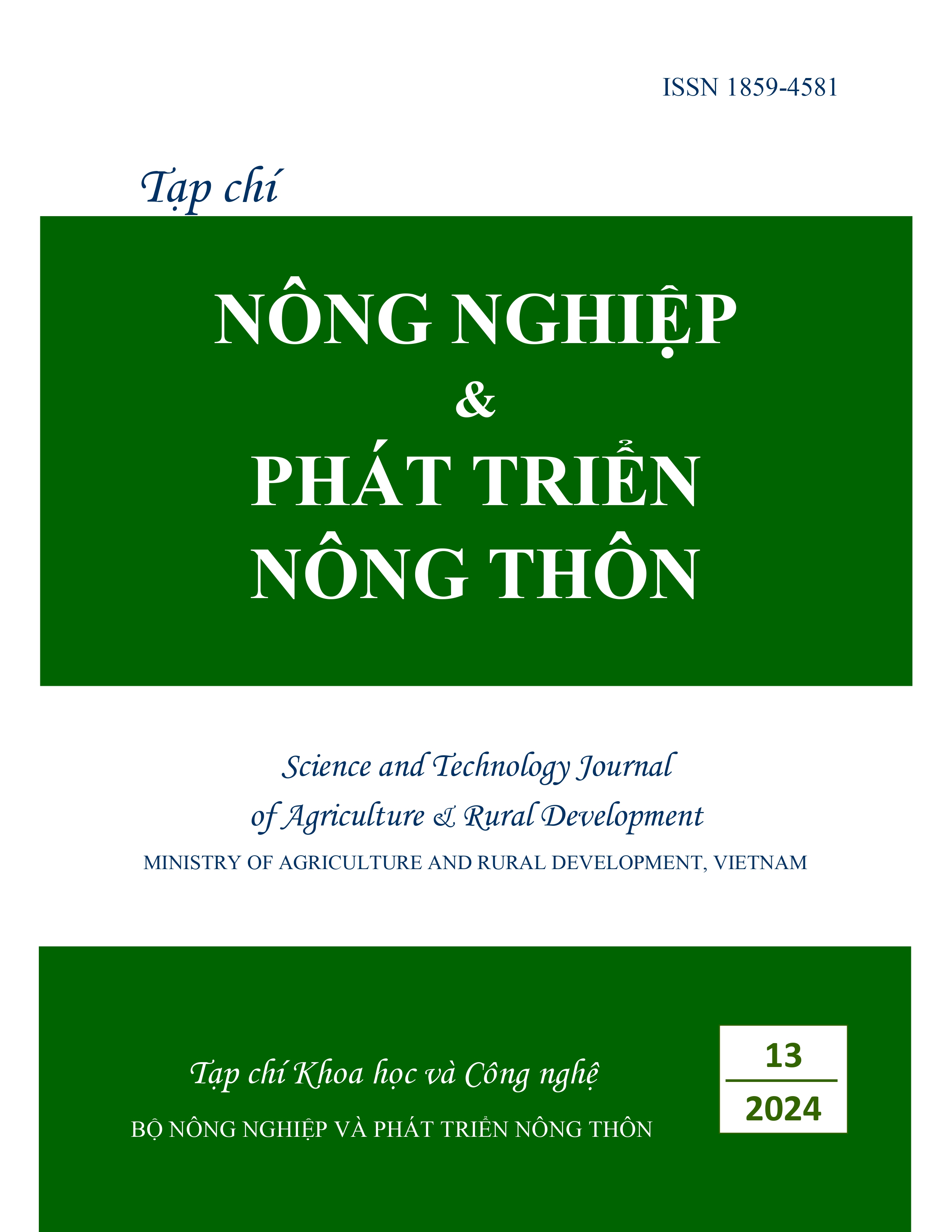Investigation of factors affecting tissue culture in sugarcane varieties K84-200 and Uthong 12
DOI:
https://doi.org/10.71254/q3rzkj10Keywords:
K84-200, in vitro, sugar cane, tissue culture, Uthong 12Abstract
In the realm of scientific advancement, the utilization of genetic technology in the selection of sugarcane (Saccharum spp.) varieties has demonstrated remarkable superiority over traditional breeding methods. The emergence of the CRISPR/Cas9 gene editing technology has notably revolutionized molecular breeding. However, the efficacy of gene editing applications in plant breeding, particularly in the context of sugarcane, is substantially reliant upon the in vitro culture process and, more specifically, shoot regeneration efficiency. Notably, there exists a dearth of research on callus formation and shoot regeneration of prominent sugarcane varieties such as K84-200 and Uthong 12 in commercial production. This study has successfully identified the optimal composition of the callus-inducing medium for K84-200 and Uthong 12, incorporating 2,4-D (3.0 mg/L), Casein (500 mg/L), L-proline (500 mg/L) and 10% coconut water, resulting in a scar tissue creation efficiency of 73.3% and 97.8%, respectively. Additionally, the research has ascertained the shoot regeneration efficiency from callus of K84-200 and Uthong 12 to be 16.6% and 48.5%, respectively. These findings represent a crucial foundation for future investigations into gene editing systems pertaining to these two sugarcane varieties.






